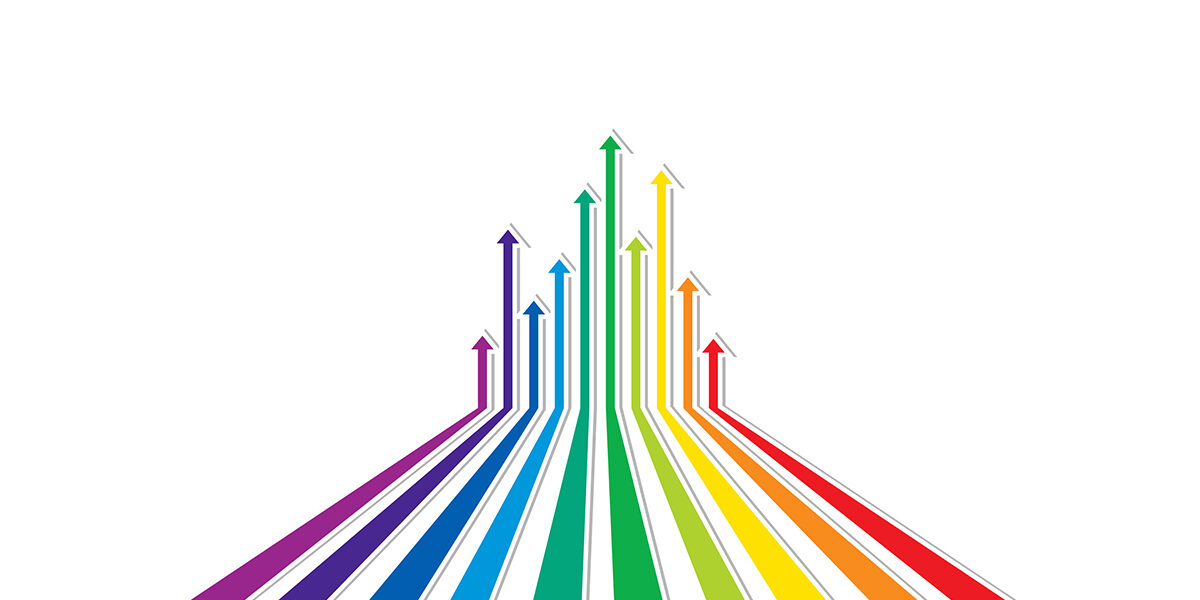Radian: U.S. Home Prices Rose In April Despite COVID-19
Home prices across the United States rose at an annualized rate of 6.1 percent in April 2020 from March 2020, according to Radian Home Price Index (HPI) data released today by Red Bell Real Estate, LLC, a Radian Group Inc. company (NYSE: RDN). The Radian HPI is the most comprehensive and timely measure of U.S. housing market prices and conditions.
The Radian HPI also rose 7.9 percent year-over-year (May 2019 to April 2020), which was slightly higher than the year-over-year increase of 7.7 percent recorded last month. While the impact of COVID-19 on real estate prices will be more visible over the coming months, more than six weeks into a near-national shutdown and widespread stay-at-home mandates, home prices have remained resilient, thus far.
The Radian HPI is calculated based on the estimated values of more than 70 million unique addresses each month, covering all single-family property types and geographies.
“While recent data showed that the volume of new listings and real estate closings fell in many parts of the U.S. from mid-March through the end of April, sellers have clearly not hit the panic button. While the potential impact on the housing market of COVID-related disruptions has yet to be fully understood, historically low mortgage rates, ongoing inventory shortages, and regional differences in the virus’s severity have put many markets on a pause as opposed to a downward push,” said Steve Gaenzler, senior vice president of Data and Analytics at Radian. “And unlike the Great Recession, which was preceded by a substantial over-inflation of housing, 2020 began with reasonably priced markets being the norm, not the exception,” Gaenzler added.
NATIONAL DATA AND TRENDS
- Median home price in the U.S. rose to $253,878
- Home prices rose an annualized 5.6 percent over the last three months
Nationally, the median estimated price for single-family and condominium homes rose to $253,878. Across the U.S., home prices have increased consistently since the low the Radian HPI recorded in the second quarter of 2012. On an annualized basis, home prices nationally rose 5.6 percent over the last three months, slightly lower than the 6.3% reported for the first three months of the year. The spring season came early in many markets, as buyer demand competing for low seasonal inventories led to improving price appreciation earlier than normal. However, more recent slowdowns in real estate activity may be reducing the rate of price appreciation now in some metropolitan areas.
REGIONAL DATA AND TRENDS
- Continued softening in Mid-Atlantic states
- Spring thaw brings strength to Northeast and Midwest
April recorded three regions (Southwest, West and Mid-Atlantic) where home price appreciation slowed from the prior month, and three (South, Northeast and Midwest) where home price appreciation was stronger than the prior month. The weakest region this month was the Mid-Atlantic. While still strongly positive over the last actual 12 months (+7.8%), the Mid-Atlantic recorded an annualized decline from March to April of -5.5%. This marks the second straight month of negative annualized HPA for this region.
The two strongest performers, the Northeast and Midwest, appear to both be thawing from the winter hibernation but with different angles. The Midwest recorded an actual 12-month price appreciation rate (+9.3%) that is higher than its annualized change from March to April (+8.5%), signifying a lower short-term rate of appreciation. Conversely, New England states have more recently witnessed a bit of a resurgence, with short term appreciation (+8.9% March to April annualized) outpacing the actual 12-month rate (+4.1%).
The West Coast has been the most steady, with actual price appreciation over the last 12 months (+5.9%) remaining very similar to the annualized rate from March to April (+6.0%).
METROPOLITAN AREA DATA AND TRENDS
- New York metro continues to weaken
- Slower, but positive, appreciation the norm in most metros
As of the end of April, we began to see social distancing measures having more of an impact on some real estate markets than others. While it is still too early to assign blame to COVID-19, many of the metros hardest-hit by the virus in February and March continued to perform poorly in April. The New York metropolitan area was the worst-performing large metro again in April, recording an annualized median home price change from March to April of -6.6%. No other top metro recorded a price reduction; however, many other metros recorded slower price appreciation.
The Washington D.C., and Baltimore metros, which are part of the third-largest economic zone in the U.S., recorded median price increases of less than 2.5%. Other notable metros that recorded slower rates of price appreciation included Dallas and Houston in Texas, and Los Angeles, San Diego and San Francisco in California. Seattle home prices, which we have noted previously for their resilience in the face of COVID, also softened slightly in April.
A review of the nation’s twenty largest Core-Based Statistical Areas (CBSAs) found that metros situated in the Midwest or Northeast consistently reported higher price appreciation.
So far, it appears that house prices have not been impacted uniformly across the U.S. and have, in general, remained durable.
ADDITIONAL FINDINGS AND ANALYSIS
- Recent real estate data indicates buoyancy of buyers and sellers
- Most recent data indicates elasticity in most markets
Analysis by the Radian HPI team of day-by-day data related to planned, in-progress or completed real estate transactions in April shows that many markets have rebounded from declines in activity that began in the second week of March. Data reported in the final two weeks of March showed new listings and properties going under contract in some areas 40-70% lower than when compared to the same period a year earlier. However, as April came to a close, many of those markets were much closer to activity levels similar to 2019. While it is too early to draw conclusions, the shifts from day-to-day declines in housing activity to ones more consistent with that of the prior year are encouraging and will be tracked for additional early indicators.

The Place for Lending Visionaries and Thought Leaders. We take you beyond the latest news and trends to help you grow your lending business.



